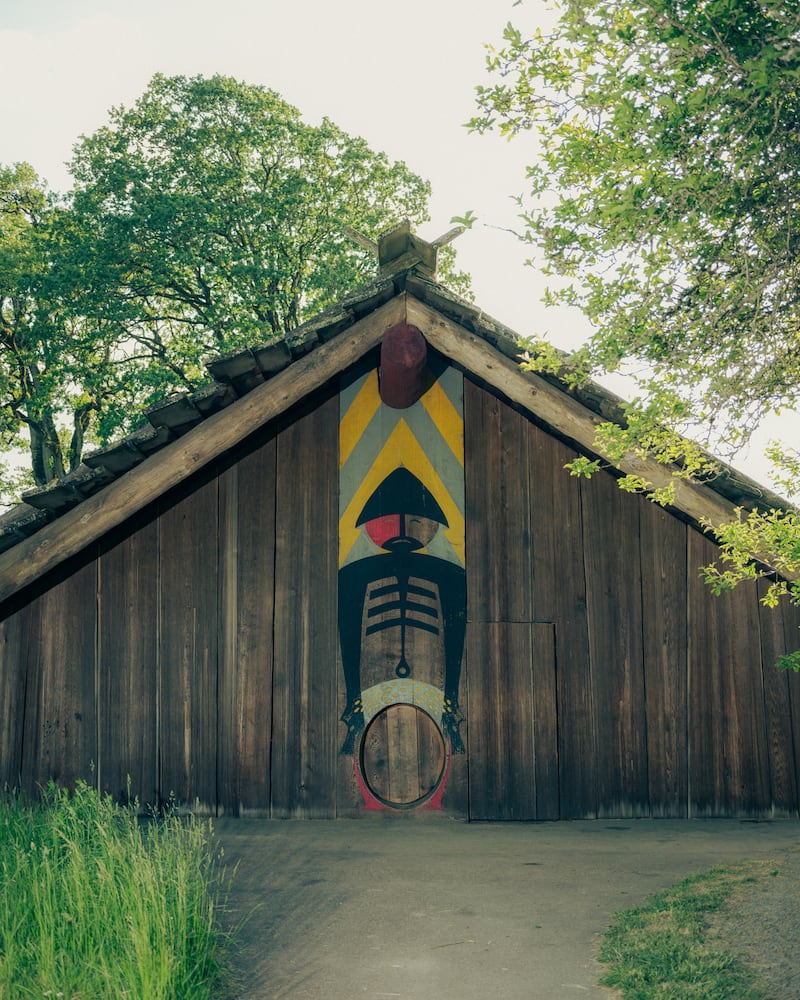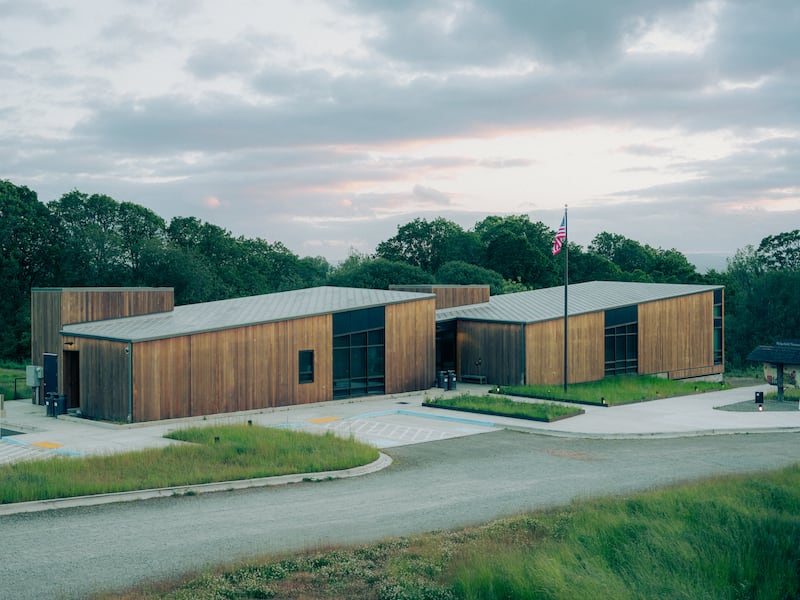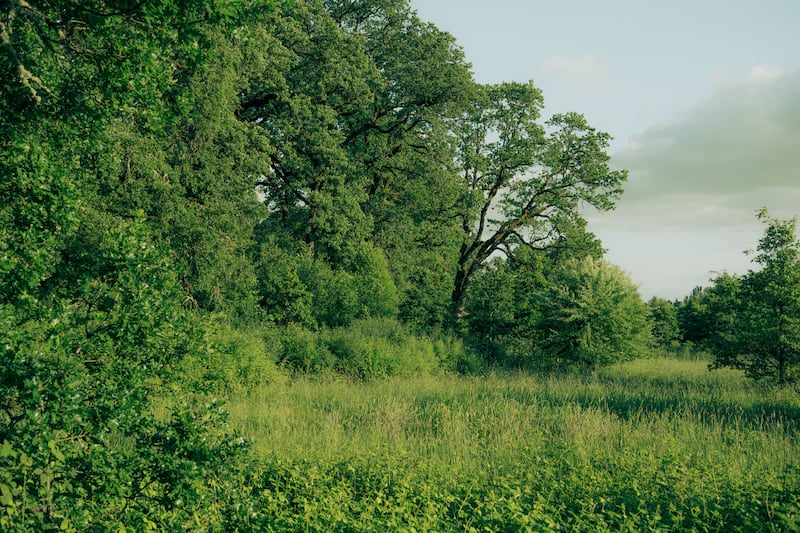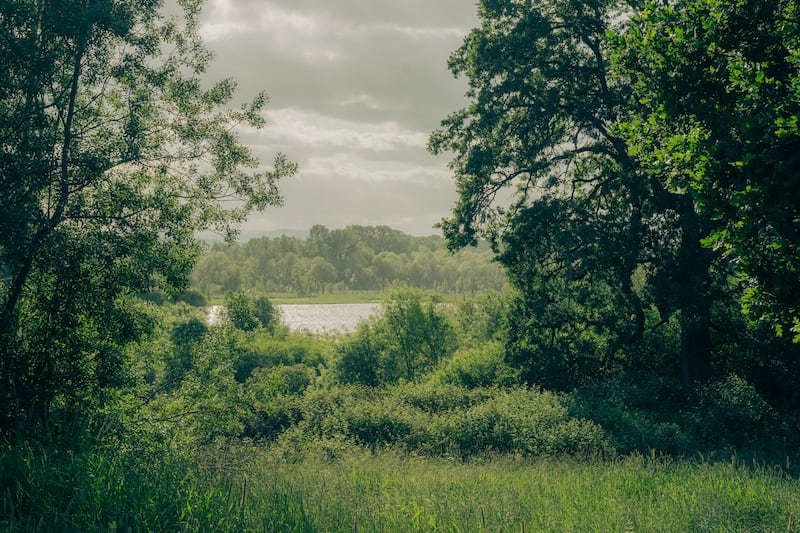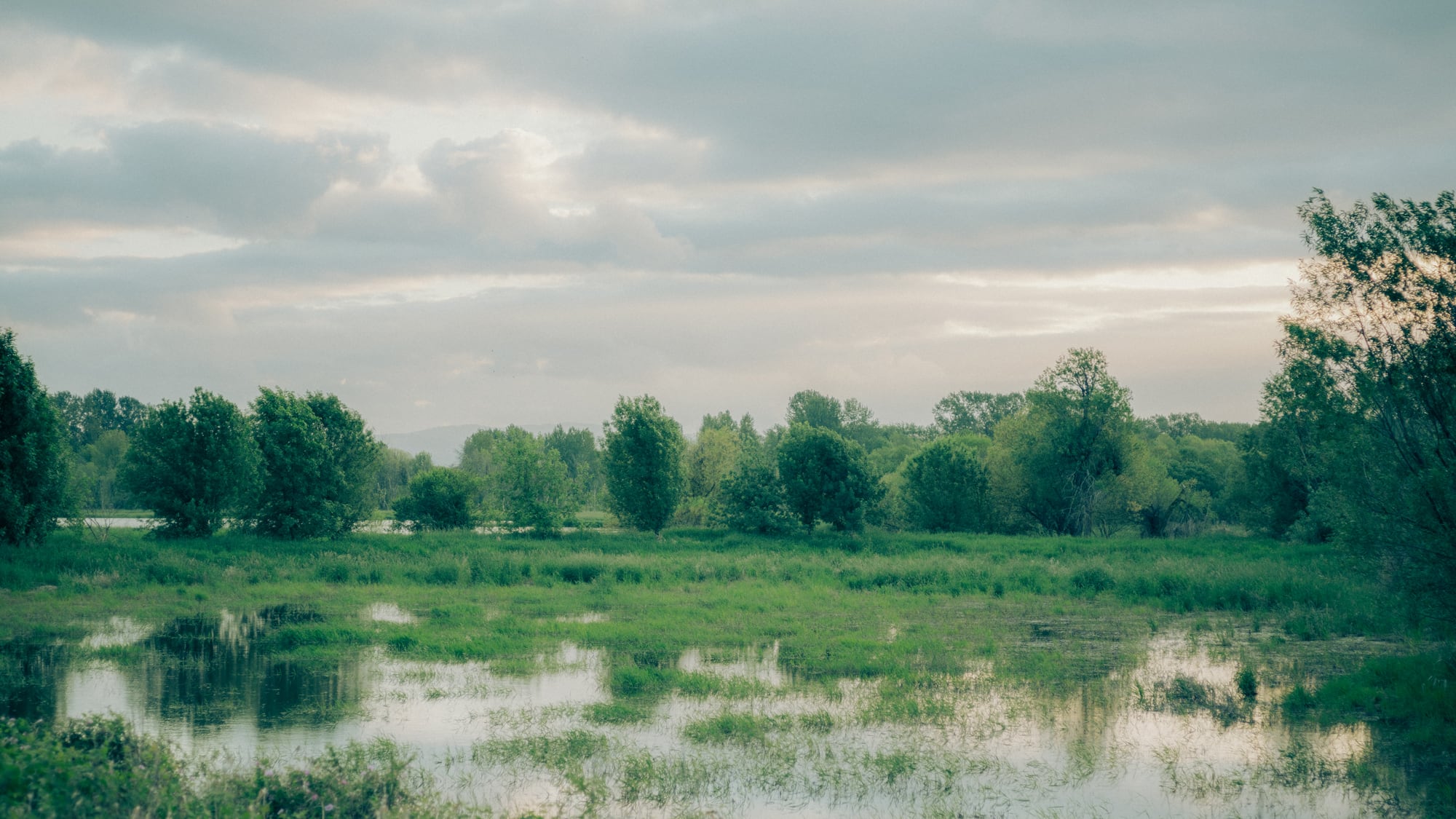Willamette Week’s second edition of Oregon Summer magazine—our guide to getting the most out of the sun-soaked season—hits stands across the metro area this week. Inside, you’ll find a series of trips to widely varying destinations throughout the state and across the Columbia River in Southern Washington.
This year, given stubborn inflation and concerns about the economy, we’ve designed our getaways with your budget top of mind. We want you to enjoy a carefree season without breaking the bank while you’re at it. That’s why you’ll find more day trips in this issue—places that take less than an hour to get to, but feel a world away once you’re there—like a sprawling bird sanctuary in Ridgefield, Wash.
Here is a sneak peek of just a portion of that excursion’s detailed itinerary. To read the rest of the guide, which includes six other trips, a roundup of top tours for locals, and an assessment of the city’s ice cream sandwich scene, look for Oregon Summer at more than 650 locations—newsstands, bars,
restaurants, hotels, grocers and convenience stores. The special publication will also be added to our website in the coming weeks.
—Andi Prewitt, Willamette Week Arts & Culture Editor
Daytrip: Ridgefield
Nearly every summer during the 1960s, my mom and her six siblings would pile into the family station wagon and make the 1,100-mile trek from San Diego to Ridgefield, Wash. My great aunt Alice owned a 100-acre farm on the outskirts of the city, where my mom remembers catching white fish from the property’s many streams and doing somersaults through the tall grass. Her memories of Ridgefield are filled with images of swooping starlings, pink creamsicle sunsets, and wide-open space. Those summers were a big reason why she decided to make a home here in the Pacific Northwest as an adult.
That charm of Ridgefield remains, but to say it hasn’t changed since then would be an understatement. Its population has increased expeditiously since the early aughts: Ridgefield is one of Washington’s fastest-growing cities, according to the 2020 census, and several commercial and residential developments are under construction trying to keep up. The ultimate sign of rapid expansion? A Costco is coming to town.
But for Portlanders willing to cross the Columbia River, a quaint and quiet community brimming with life awaits. Here, trees hold more history than most buildings, and the proximity to a sprawling nature reserve of the same name beckons visitors to slow down. There are breweries and bookstores as well as the best fish and chips you can find some 80 miles inland from the coast. Be sure to set aside enough time to discover all that Ridgefield has to offer, which is probably more than you ever realized in its roughly 7.5-mile footprint.
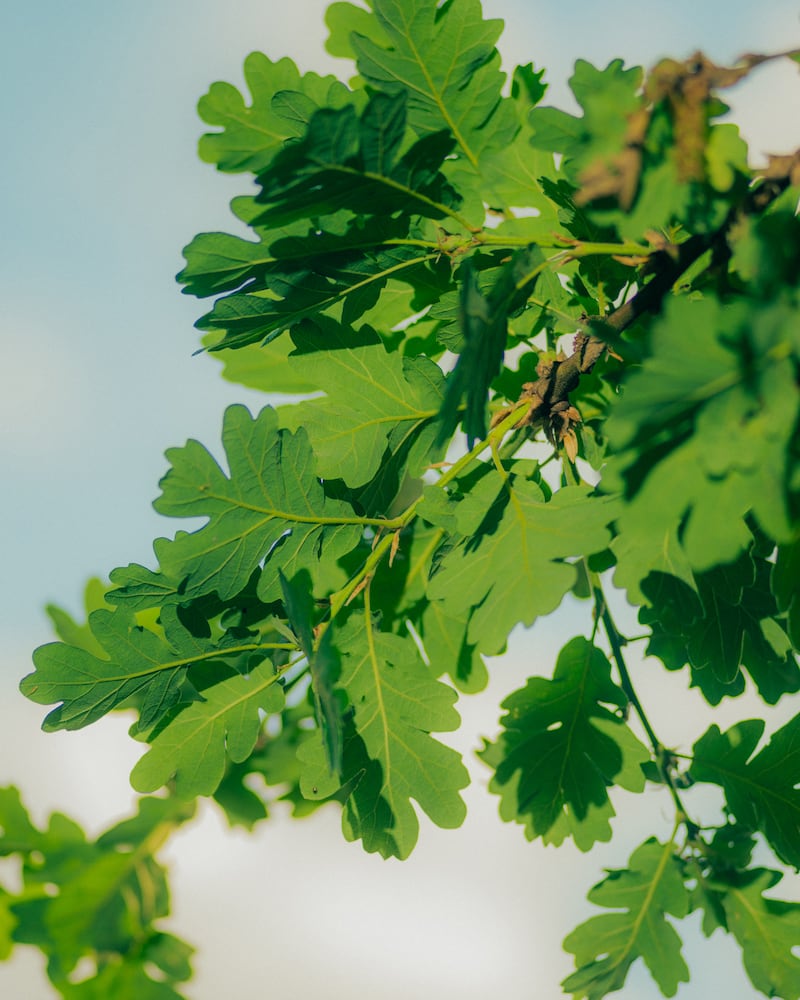
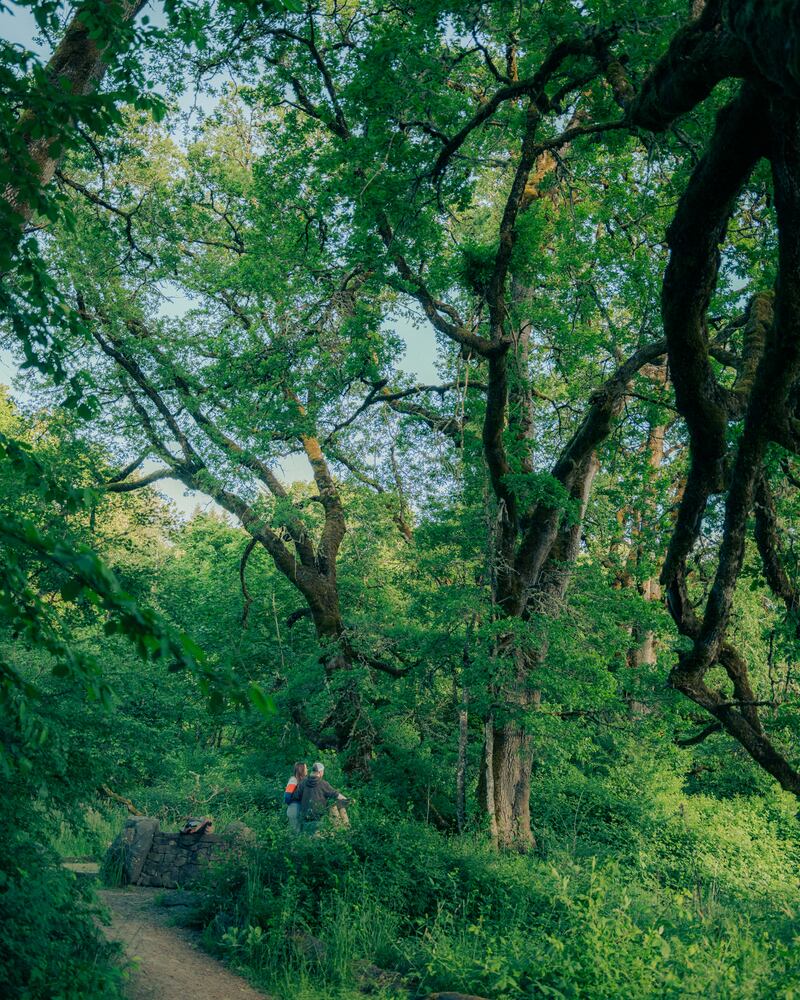
Afternoon:
Stroll Through Time
A trip to Ridgefield would be incomplete without visiting Ridgefield National Wildlife Refuge (28908 NW Main Ave., 360-887-4106, fws.gov/refuge/ridgefield), 5,300 acres of now-protected habitat that, in 1805, William Clark deemed too noisy. According to a journal entry, he worried all of the honking geese would keep him up at night. But wildlife is part of the spectacle here. There is also a newly opened visitors center and pedestrian walking bridge that leads to the Cathlapotle Plankhouse, a reconstruction of the large, wooden tribal gathering places that used to occupy this land. While the inside of the plankhouse remains closed to the public, it acts as the centerpiece for the refuge’s many trails. A mile north, look for the 400-year-old “great, great, great grandmother” oak tree. Also keep an eye out for any of the more than 200 feathered species that have been observed here. An advanced birder could spend hours spotting dozens at dusk along the nearly 1.4-mile Oaks to Wetland Trail. But most visitors will simply marvel at the scenery and soundtrack, seemingly untouched and unbothered by modern-day society.
Don’t feel like walking? Take your car! No, seriously. Encompassing the south side of Ridgefield National Wildlife Refuge is the auto tour route—a 4.2-mile stretch where visitors can spot red-winged blackbirds, red-tailed hawks and nutria from their Subaru windows. However, it’s imperative to bring a pair of binoculars!
